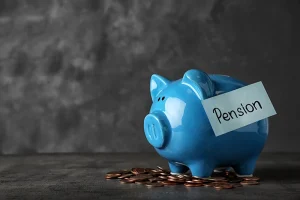The arrival of spring is generally a time of great optimism and this year more than ever we are all certainly in need of a fresh bout of positivity. Thankfully for investors, there do seem to be increasingly hopeful signs on the horizon, with a growing belief we are now at least starting on the road to economic recovery.
Reasons to be cheerful
The successful development and rapid rollout of COVID-19 vaccines has provided hope that we will soon be able to live with the virus. As well as protecting vaccinated individuals, there are encouraging signs the immunisation programme will slow transmission in the community. This has raised hopes of a significant, vaccine-powered revival in economic activity later this year.
Global growth rebound
This vaccine-fuelled optimism is reflected in recent economic forecasts with the International Monetary Fund’s latest projections suggesting the global economy is set to expand by 5.5% in 2021. This represents an upward revision of 0.3% compared to the organisation’s previous forecast made last October.
Vaccine-induced euphoria also saw equity funds enjoy a strong quarterly inflow during the final three months of last year.
Negative rates?
A further boost to equity investments could stem from negative interest rates. Although it remains unclear whether or not such a policy will be introduced, in early February the Bank of England gave banks and building societies six months to prepare for such a possibility. If enacted, sub-zero rates would reduce the incentive to save in cash deposits and thereby potentially increase demand for shares, placing even greater emphasis on investment portfolios.
Time for a spring clean
While the economic outlook remains uncertain there are positive signs for investors and this means ensuring your investment portfolio is working hard for you is more important than ever. It could therefore be the perfect opportunity to review your portfolio and rebalance the allocation of asset classes, if necessary, in order to ensure your investments are well-diversified and performing in line with your long-term requirements and objectives.
The value of investments can go down as well as up and you may not get back the full amount you invested. The past is not a guide to future performance and past performance may not necessarily be repeated.




